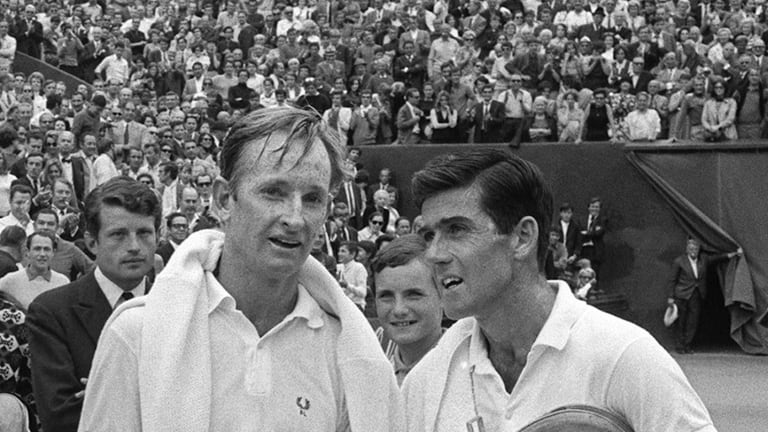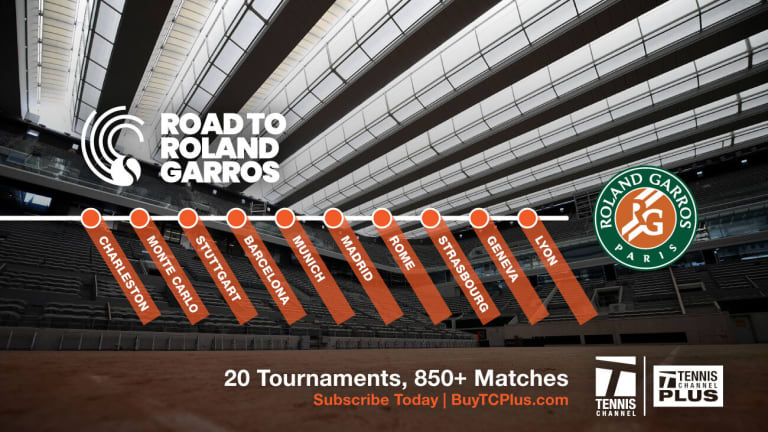TBT: The Open era begins at Bournemouth's West Hants Lawn Tennis Club
By Apr 22, 2021Your Game
Racquet Review: Wilson Clash 100 Pro v3
By Apr 06, 2025ATP Monte Carlo, Monaco
Richard Gasquet, 38 and a wild card, wins opener in final Monte Carlo Masters
By Apr 06, 2025Social
Carlos Alcaraz and Novak Djokovic practice together at Monte Carlo Masters
By Apr 06, 2025Pick of the Day
Charleston Betting Preview: Sofia Kenin vs. Jessica Pegula
By Apr 06, 2025Tennis.com Interview
Brad Gilbert, Patrick McEnroe weigh in on U.S. men's tennis evolution
By Apr 05, 2025WTA Charleston, USA
Jessica Pegula hails women’s sports, all-American Charleston final
By Apr 05, 2025Betting Central
Charleston Betting Preview: Ekaterina Alexandrova vs. Jessica Pegula
By Apr 05, 2025The Tennis Traveler
Billie Jean King Cup Qualifiers takes us across six countries, three continents and three different surfaces
By Apr 05, 2025Your Game
Shoe Review: Adidas Ubersonic 5
By Apr 05, 2025TBT: The Open era begins at Bournemouth's West Hants Lawn Tennis Club
While the men’s field ran quite deep, including long-exiled pros Pancho Gonzales, Rod Laver, and Ken Rosewall, most of the top women were not entered at the event in 1968.
Published Apr 22, 2021
Advertising

TBT: The Open era begins at Bournemouth's West Hants Lawn Tennis Club
© AFP via Getty Images
Advertising

TBT: The Open era begins at Bournemouth's West Hants Lawn Tennis Club